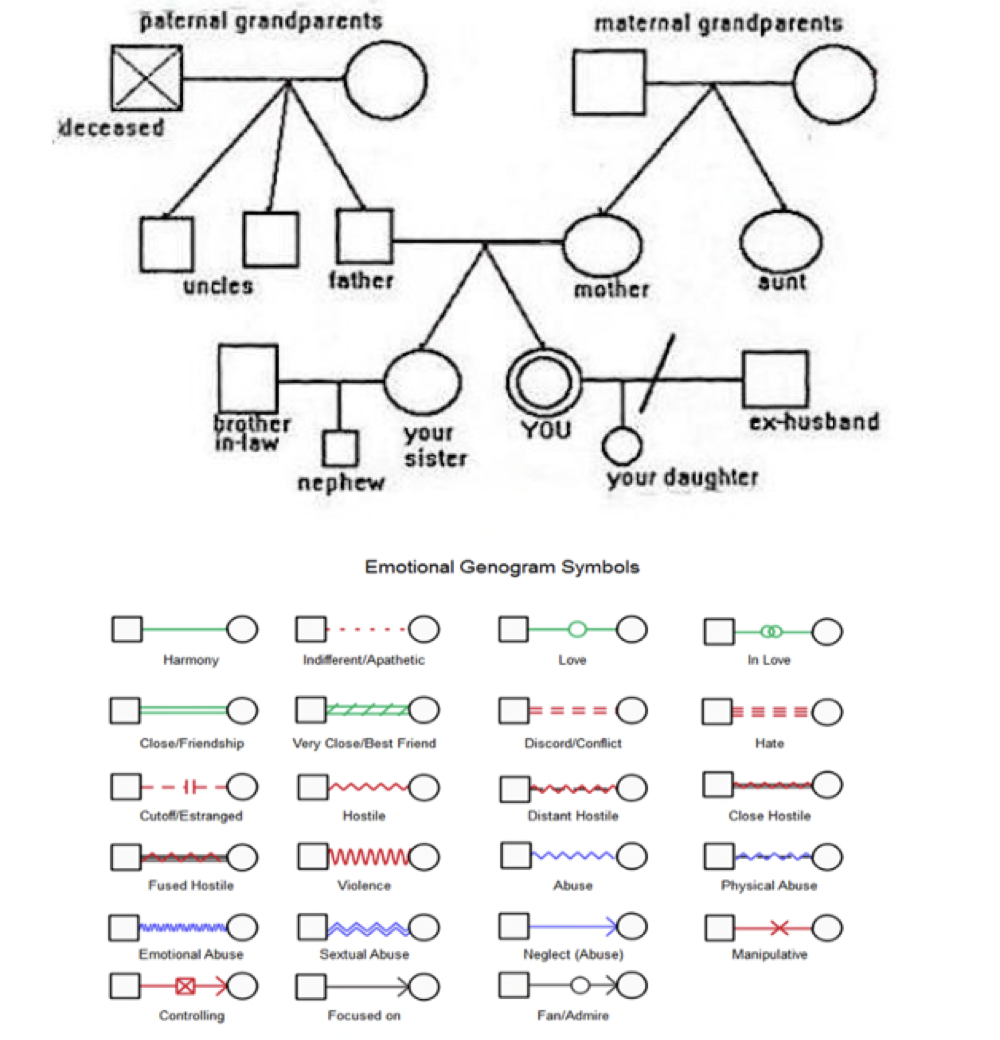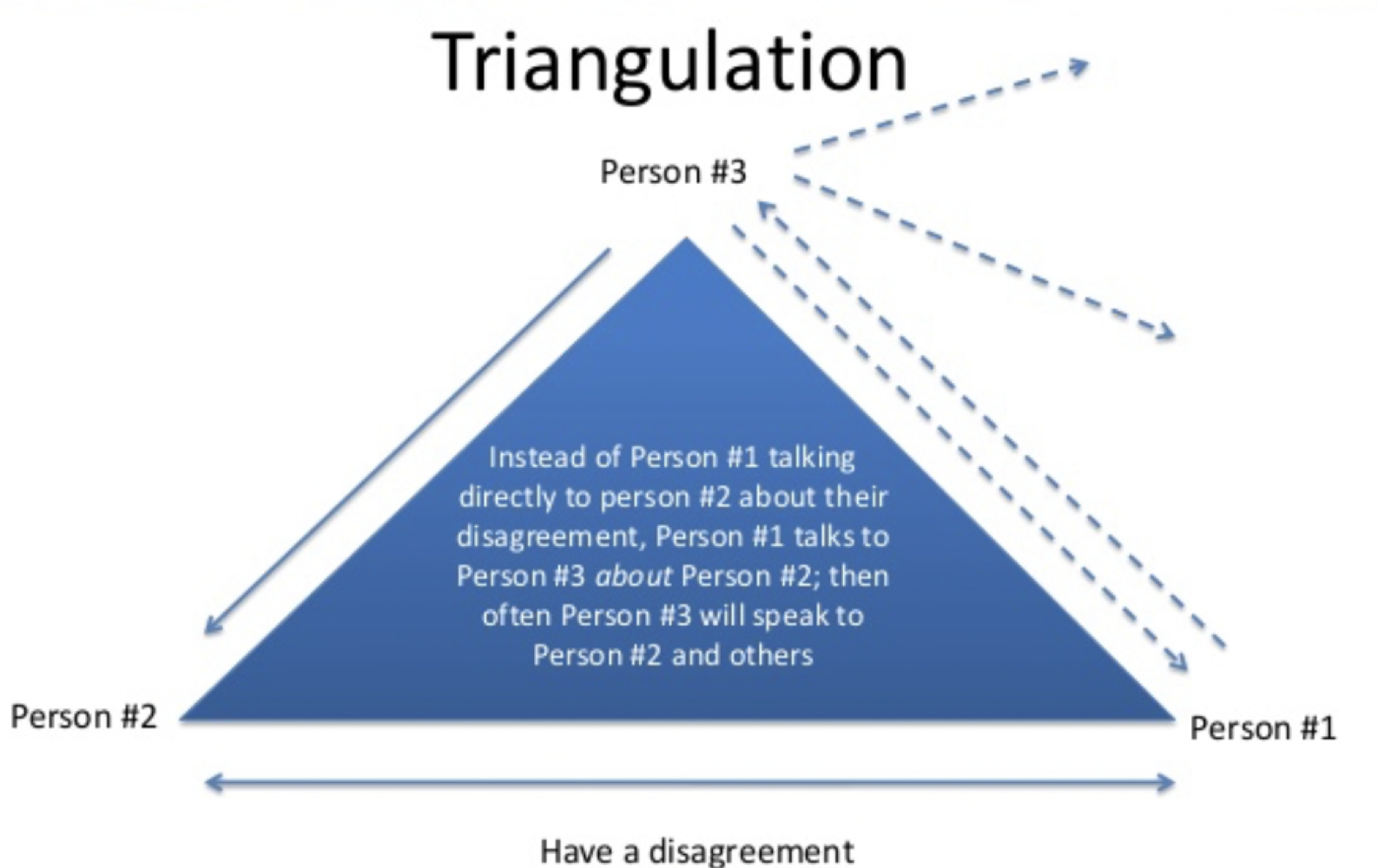Family Systems Theory Notes
History
- Burgess (1926)
- Defined family as “unity of interacting personalities”
- Family is the interaction of its members
- Family is a living, changing, growing thing or “super personality”
- Alive when interacting and die when it ceases
- Family types: highly integrated (characterized by rituals, discipline, interdependence, and cooperation) and unintegrated (characterized by lack of previous features)
System
- set of components or processes that interact with one another to achieve a specific object or serve a common purpose or goal
Components
- interrelated elements and structure
- Interact in patterns
- Have boundaries: open and closed
- Whole is greater than sum of parts
- Messages and rules
- Subsystems
System Terms
- System - any set of objects, with their attributes, that relate to each other in a way that creates a new “super entity”
- boundary-maintained unit
- Interdependent parts, alteration in one part affects all components of system
- Family is a social system
- Can have subsystems, primarily: parental, spousal, and sibling’
- Family roles - recurring patterns of behavior developed through interaction that family members use to fulfill family functions
- specific functions for individuals
- mover - initiates action
- Opposer - disapproves of mover’s actins and tries to block it
- Follower - approves of mover or opposer and empowers the allied side
- Bystander - witnesses both mover and opposer and doesn’t ally; on periphery of family functions
- In dysfunctional families (particularly alcoholic)
- dependent - parent with chemical dependency (alcoholic dad, manipulates, denies problem)
- Enabler/codependent - helps other avoid consequences of behavior (call work for him, psychosomatic symptoms)
- Hero - often 1st born, ideal student and caretaker who has it all together
- Delinquent - 2nd born, scapegoated child, bad at school, acts out, negative approach of getting dad to change because they try to turn attention to them—alienating dads need to drink
- Invisible child - next child, low profile, stays it of way, never deals with emotions, most likely to suffer emotional illness, hope it will help lessen family tensions
- Clown - last child, attempts t use humor in dealing with family problems
- Hierarchy
- Rank according to authority/power
- Family’s arrangement is related to its organization, communication patterns, decision-making process, etc.
Boundaries - lines of demarcation that distinguish a system from its environment and affect the flow of energy and information between the two
- Divides system from outside (society)
- Types (Kantor and Lehr):
- Open - highly interactive with outside environment (family’s democratic, bound together by love and respect; healthy kids and much interaction)
- Random - family has no boundaries, few rules exist above demanding “family’s territory”, children don’t feel loved
- Closed - extremely private with little eternal interchange (family members enmeshed/overly involved in each other’s lives, value privacy, secretiveness and limit exposure to media: result in emotional illness because individuals can’t think or function on own behalf)
Basic Assumptions
- The whole is greater than the sum of the parts
- Thank of a cake, individual ingredients are components, what is removed from the oven is very different quality
- Society is the environmental context and individual family members are component units
- individual and family behavior must be understood in context, understand behavior in context—both within the family context and context of interactions with other systems
- Family is a goal-seeking system
- they pursue goals and develop tactics to achieve them, through their degree of goal orientation can vary
- A family is a self-reflective and self-regulating system, continually influenced by feedback
- positive (change-sustaining or enhancing) and negative feedback (attempts to return to previous steady state) can be good or bad
- Family systems are defined by communication
- communication process allows families to create, preserve, and modify a system’s reality; 2 levels of messages: content level and relationship level (what you say and how you say it, or how they should interpret what’s said; meta communication help articulate needs, clarify misunderstanding, and plan more constructive means for relating to each other)
- Locus of pathology is not within the person, but is a system dysfunction
- Location of problem not individual but system which they are in is dysfunctional
Genogram/Family Sculpture
Mapping the family system
- spatial analogies, relational map
Emotional relationships
Family Mapping Proceft
- Choose a family portrayed in a television program or movie
- Create a symbol for each family member
- Arrange the symbols on the sculpture so they express the relationships in the family
- Draw any boundary or connecting emotional lines that define the relationships in the family
- Write a brief explanation of the family system, explain the components, why you arranged them as you did, they meaning of connecting lines

Bowen Family Systems Theory
- Pioneer of Family Theory
- Beliefs:
- family is one unit of complex interactions
- Family members emotionally connected
- emotional interdependence
- See the patient as part of the family system, paying particular attention to families’ struggles to balance togetherness with individualization
Bowenian Concepts
- triangles
- Differentiation of self
- Sibling position
- Nuclear family emotional process
- Family projection process
- Societal emotional process
- Multigenerational transmissions process
- Emotional cutoff
Triangulation
- 3-person relationship system
- Smallest stable relationship system
- Building block of larger emotional systems
- 2-person is unstable—can’t tolerate tension
- Triangulation: Dysfunctional (perpetuates problem) vs. Functional (resolves problem)

Differentiation
- Differentiated Self
- less reactive
- Calm emotions
- Thoughtful
- Don’t give in
- Not vulnerable to stress
- Independent
- Decrease triangulation
- Decrease entanglements/problems
- Closeness without enmeshment
- Better relationships
- Undifferentiated Self
- more reactive
- Less thoughtful
- Critical and judgmental
- Concerned about approval
- Dependent
- Increase triangulation
- Difficulty with decisions
- Poor communication
- Repeat problematic relationship
- Togetherness vs. separateness—equilibrium
Nuclear Family Emotional Problems
- marital conflict
- Dysfunction in one spouse
- Impairment of one or more children
- Emotional distance
- Tension/anxiety
- emotional tension/stress
- Impairs ability
- Moves through system form one person to another
Family Projection Process
- parents project emotional responses on children
- Ex: Increase need for attention and approval; feeling responsible for the well-being of others
Multigenerational Transmission Process
- as child leaves nuclear family to establish own family are changes in family system
- Over time, generations may be very different in family roles,, expectations, and functions
- May be evident in terms of educational level or occupations or family structure
Emotional Cutoff
- Unresolved issues may result in families curing off contact with adult children
Sibling Position
- birth order impacts individual responses
- Individuals who are in same sibling position have similar personality
- 1st born = leader
- Last born = follower
Societal Emotional Process
- societal characteristics have influence on family systems
- Parenting may have become less rule bound due to societal norms
Article Analysis
- Tenerelli, D., Weaver, S., and Amstel, N. (2019). Scaffolding or enabling?: Implications of extended parental financial support into adulthood. Journal of Financial Therapy, 10 (2). Article 5
- Major points:
- parents provide support to adult children
- Analysis of situation using Systems Theory
- Applying Bowenian Therapy to family situation